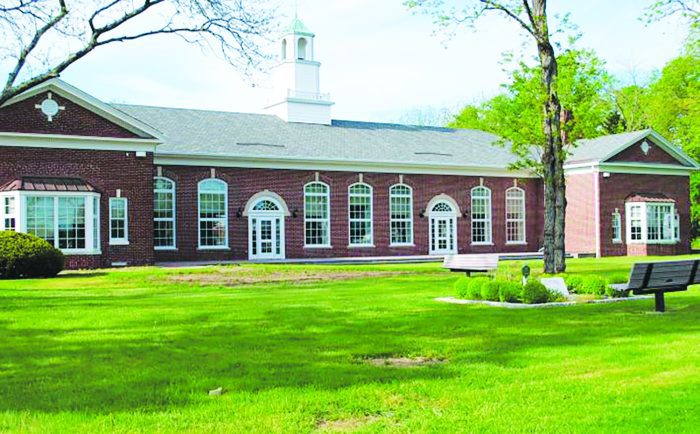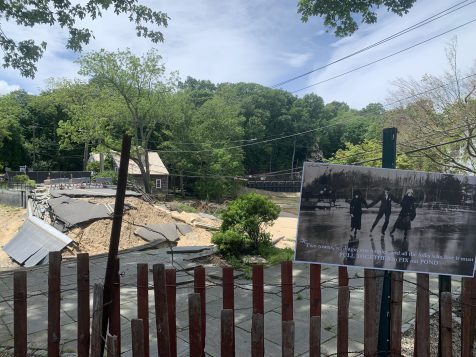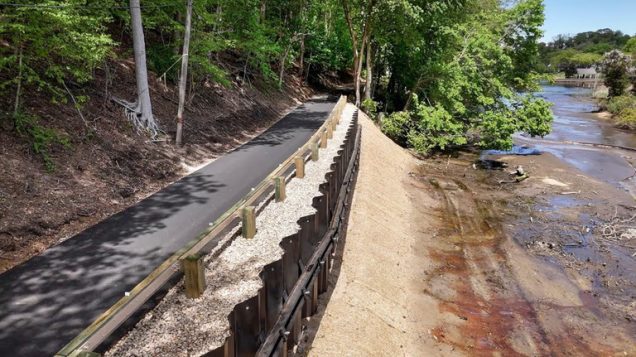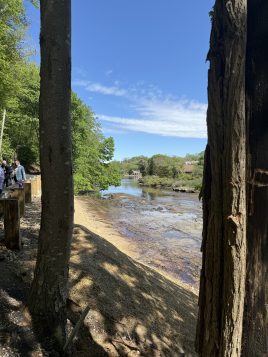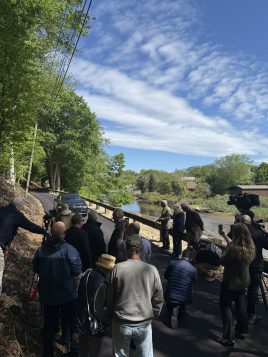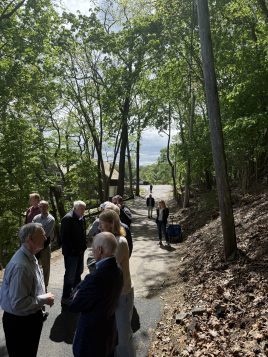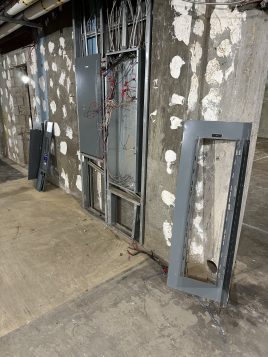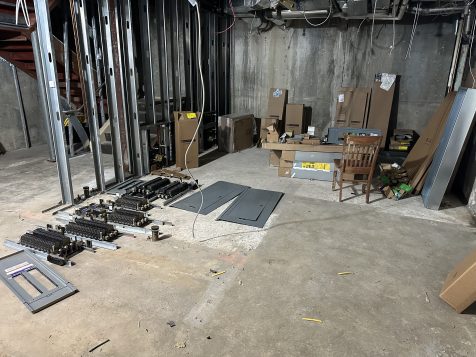By Sabrina Artusa
On July 1, residents within the Smithtown Special Library District will vote on a $16.5 million bond referendum, which would allow the partially opened Smithtown library to finance the restoration of the destroyed lower floor.
After a 100-year storm delivered a deluge of water collected over about a 12-hour period to the library, which sits at a lower grade, the library now needs $16.5 million to return to its full operating capacity.
Library officials have submitted records of the damage to the Federal Emergency Management Agency, but the timeline of when the funding will be reimbursed is uncertain. While they hope FEMA will cover most of the damage, they need the funding to proceed with repairs before they can submit the request.
The project would increase the tax rate by $5.722 per $1,000 of a homeowner’s assessed residence value. Residences assessed at $6,000 may pay around $391 in library taxes and will pay an additional $34.33 per year for the next 15 years.
Smithtown Library Business Manager Jennifer Piano works with the Division of Homeland Security and Emergency Services to coordinate with FEMA. “It has to go through levels of approval,” she said.
In May, the Library secured $314,304 from FEMA, but the timeline of when they would possess that money was unclear. Staff knew their application was approved but did not know when they would receive the money until the moment they got the check. The money was reimbursement for immediate disaster remediation efforts, like removing debris and pumping water out of the building.
Library officials have been charged with analyzing the damage and measuring the costs for repairs. Each step is scrupulously checked by FEMA. “They make us work hard to make sure all the information is correct,” said Smithtown Library Director Rob Lusak. The process is lengthy but ensures the proper management of funds.
The capital improvement project would restore the offices, community rooms and collection area and enhance flood preventative measures, move the collection of rare and antique books to the first floor and add a government services department.
John Tanzi, of the architectural firm John Tanzi Architects, will design the lower floor with the additions and the space on the main level in the Long Island room for the Richard Handley Collection of Long Island Americana. The increased height of the retaining wall is pivotal in preventing future flooding, Tanzi said, as it would allow the water to flow toward the front of the building naturally, following the natural grade counters of the land. “It would just push its way out naturally,” he said.
In addition, the drainage wells will be expanded in both diameter and height to 12 by 12 feet, allowing for a holding capacity of 240,000 gallons; however, these drainage wells cannot handle the volume of water that flowed to the library last summer, he said. The sump pumps, which were clogged with debris on the day of the storm, are a “miniscule” factor in abating flooding, he added, although they help in preventing overflow in the stairwells.
The $16.5 million the library is asking for is a “worst-case scenario,” said Tanzi, and prepares for the possibility that the library will not receive any more financial help from FEMA.
“Once the green light has been given, then John can go ahead with repairs,” Lusak said of the vote on July 1.
There will be separate, public bids for contractors for electrical, plumbing, heating, ventilation and air conditioning and construction, which will use around half of the $16.5 million.
For more information visit the library website: www.smithlib.org.



